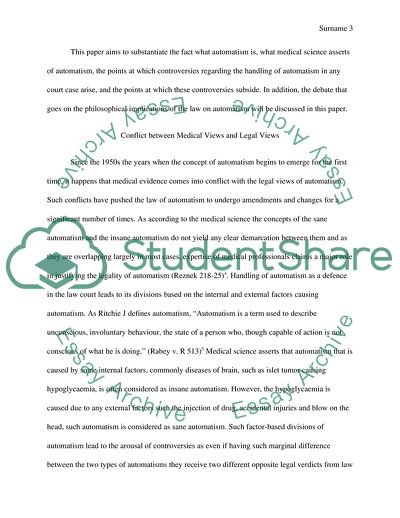Cite this document
(Automatism: A Controversy of Connotation Coursework Example | Topics and Well Written Essays - 1500 words, n.d.)
Automatism: A Controversy of Connotation Coursework Example | Topics and Well Written Essays - 1500 words. https://studentshare.org/law/1721059-automitism
Automatism: A Controversy of Connotation Coursework Example | Topics and Well Written Essays - 1500 words. https://studentshare.org/law/1721059-automitism
(Automatism: A Controversy of Connotation Coursework Example | Topics and Well Written Essays - 1500 Words)
Automatism: A Controversy of Connotation Coursework Example | Topics and Well Written Essays - 1500 Words. https://studentshare.org/law/1721059-automitism.
Automatism: A Controversy of Connotation Coursework Example | Topics and Well Written Essays - 1500 Words. https://studentshare.org/law/1721059-automitism.
“Automatism: A Controversy of Connotation Coursework Example | Topics and Well Written Essays - 1500 Words”. https://studentshare.org/law/1721059-automitism.


